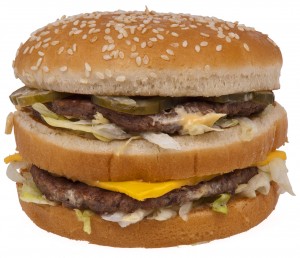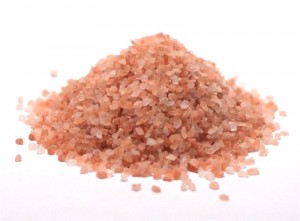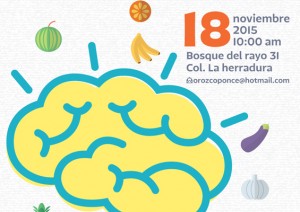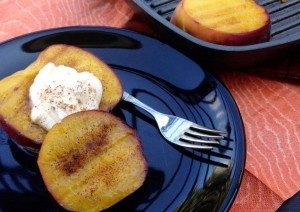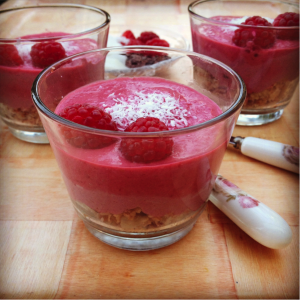The overuse of antibiotics in medicine has been of concern for many years – not only for the resistance that is built up by the bacteria that they’re trying to fight, but because of the damaging effects on our own natural, intestinal bacteria which are so important for optimal functioning of our immune systems.
More recently, with all of the publicity about the swine flu, individuals have been encouraged to use anti-microbial disinfectants for personal use in many forms: hand soap, cleansing cloths, disinfectant sprays and more. Besides building up resistance in the very organisms they’re trying to kill, many of these contain toxic chemicals which not only have toxic effects on the micro-organisms, but also on our own health and on the environment.
Plain soap and warm water continues to be an excellent choice for hand washing. For kitchen use, here’s a suggestion to make your own effective, safe, and inexpensive disinfectant:
Get 2 plastic spray bottles. Fill one with 3% hydrogen peroxide and the other with apple cider vinegar. To clean fruit and vegetables, spray them first with one and then with the other (the order doesn’t matter) and then rinse under running water. If a small amount remains on the produce, it will not harm you.
For counters and all food preparation surfaces (including wood cutting boards), follow the same instructions. In tests run at Virginia Polytechnic Institute and State University, using the 2 sprays in this fashion was more effective than chlorine bleach or any commercially available kitchen cleaners in killing Salmonella, Shigella, and E.coli bacteria on heavily contaminated surfaces.
The best results came from using one spray right after the other – it was 10 times more effective than using either spray by itself and more effective than mixing the vinegar and hydrogen peroxide together in one sprayer.
(Science News August 8, 1998; Vol. 154, Issue 6; pg 83-85)
CNN article on antibiotic resistant superbugs
